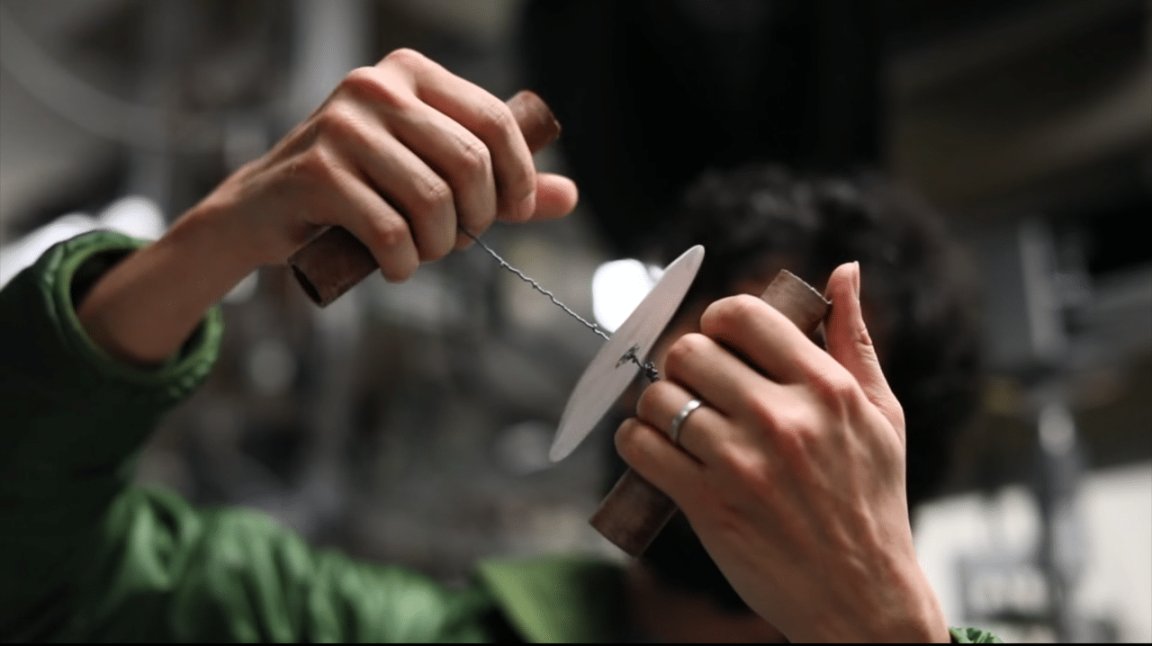
Strange Muse
Usually, the arts are a field in which you can commonly point to concepts such as a muse, or inspiration. But it’s also an important part of the narrative of scientific discovery and innovation. Take the famous legend of Newton sitting under an apple tree, for instance. While certain aspects of the story are fabricated to deliver a better narrative, the core of the story is true, Newton witnessing an apple fall led to his theory of gravity.
That kind of inspiration from seemingly innocuous places is still occurring today. Manu Prakash, currently an assistant professor of bioengineering at Stanford came across the inspiration for his latest life-saving device in a manner less bucolic than sitting under a tree. While he was in Uganda, Prakash noticed that an expensive centrifuge machine was being used as a doorstop in a rural clinic as there was no electricity to operate it. Knowing the importance of such devices to the populations of developing nations, he began thinking of cheap, practical solutions.
Centrifuges are a key component in the proper diagnoses, and therefore, treatment of diseases like malaria. Conventional centrifuges are used to spin blood using electricity. The centrifugal force of the spinning causes the components making up a blood sample into layers based on their respective densities. Red blood cells collect at the bottom of the tube and plasma settles on top. In cases of blood from patients with malaria, the parasites will be in the middle.

Childhood Inspiration
The next unlikely source of inspiration came from a classic child’s toy, the whirligig. Whirligigs have existed in some form since ancient China. Typically the simple toy is created from threading string through a button and rhythmically pulling on the ends to coil and uncoil the string, spinning the button.
Prakash and his partner, Saad Bhamla,the first author of the paper on the device published in Nature Biomedical Engineering, took this simple idea to another level. His human-powered centrifuge is made from simple components: paper, twine, and plastic. Altogether, each “paperfuge” can be constructed in under two minutes and costs only twenty cents. According to a release from Stanford, using nothing but the motions created by its operator, the device can spin at speeds up to 125,000 rpm and exert forces of 30,000 Gs.
“There are more than a billion people around the world who have no infrastructure, no roads, no electricity. I realized that if we wanted to solve a critical problem like malaria diagnosis, we needed to design a human-powered centrifuge that costs less than a cup of coffee,” said Prakash. This is great news for heath professionals in these impoverished and secluded regions.
The tool can also be used in diagnosing other diseases detrimental in these areas. Diseases like African sleeping sickness, HIV and tuberculosis will now also be more easily diagnosed and treated for countless people for the very first time.